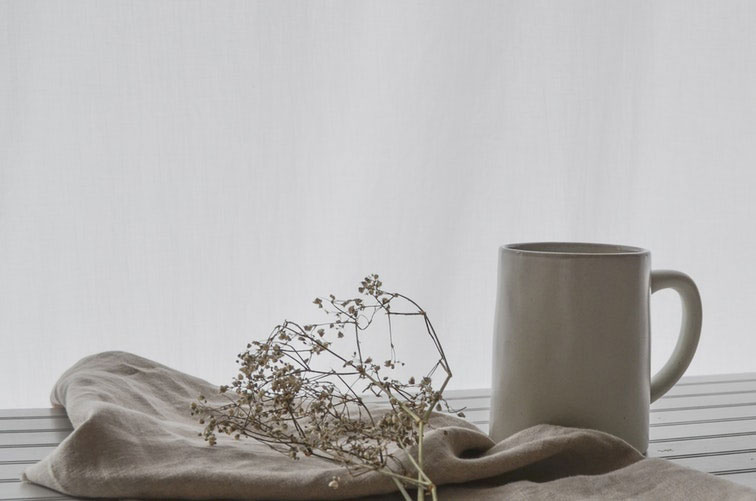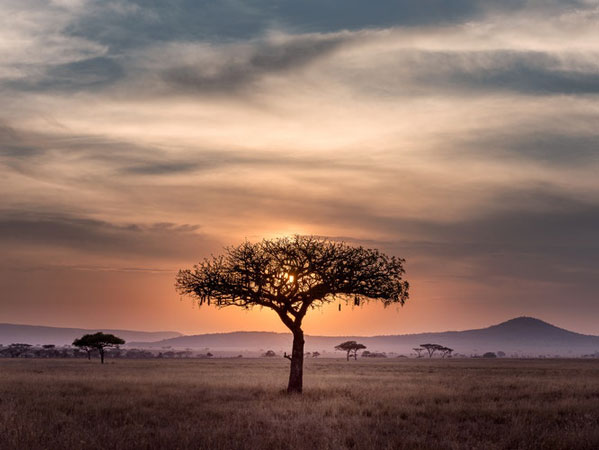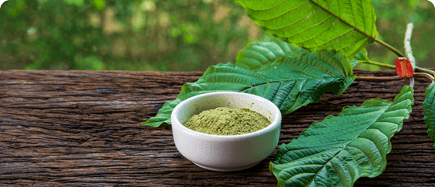For hundreds of years, various indigenous populations around the world have used plants to alleviate aches, pains, and discomfort. Despite the evolution of civilizations and societies, natural relief has remained both effective and viable, and dozens of botanicals serve as the foundation of many modern medicines.
In this post, we’ll explore some of the best soothing ethnobotanicals from around the world in a journey that spans Thailand, the Pacific Islands, Africa, and beyond!
-
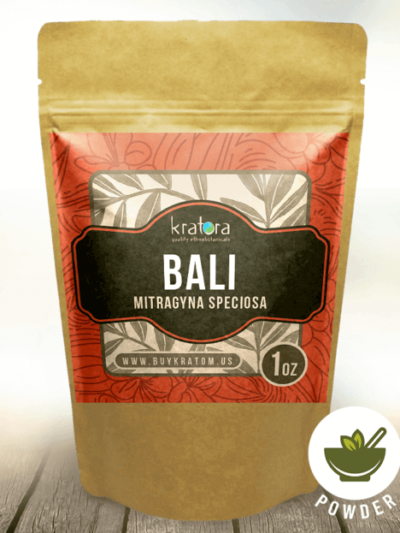 Relaxing
RelaxingBali Kratom Powder
From $10.99 Shop Now This product has multiple variants. The options may be chosen on the product page -
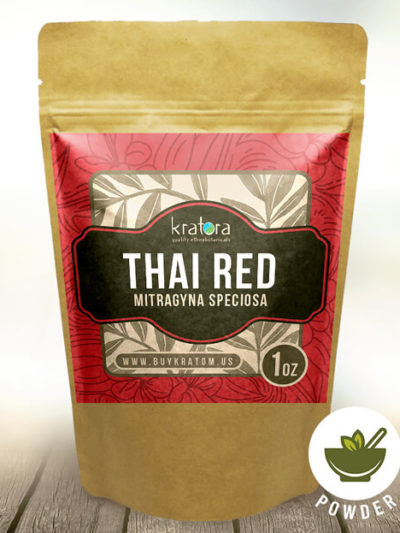 Relaxing
RelaxingThai Red Vein Kratom
From $10.99 Shop Now This product has multiple variants. The options may be chosen on the product page -
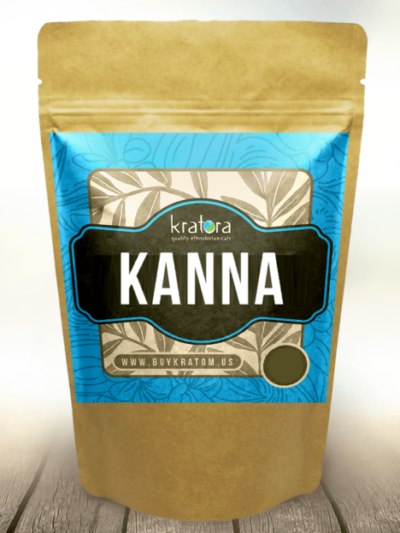 Body and Mind
Body and MindKanna (Sceletium Tortuosum)
From $7.99 Shop Now This product has multiple variants. The options may be chosen on the product page -
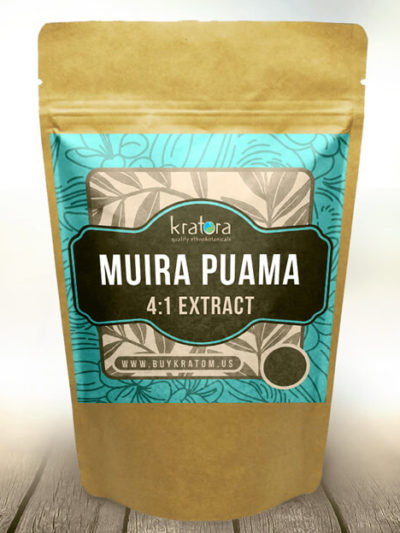 Out of StockBody and Mind
Out of StockBody and MindMuira Puama 4:1 extract
From $5.99 Shop Now This product has multiple variants. The options may be chosen on the product page -
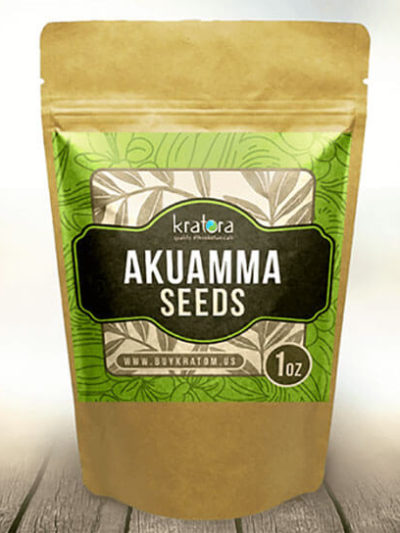 Relaxing
RelaxingAkuamma Whole Seeds
From $7.99 Shop Now This product has multiple variants. The options may be chosen on the product page
Best Ethnobotanicals for Herbal Relief
Red Kratom Strains
Kratom — the ground leaves of the mitragyna speciosaplant — has been used as a natural means to ease discomfort within various Southeast Asian countries for centuries.
Native to Thailand, Malaysia, and elsewhere, the kratom tree thrives in tropic and subtropic environments and bears wide, glossy green leaves year-round. Typically, indigenous locals collect the leaves, dry them, and grind them to a fine, powdered consistency to produce kratom powder.
Throughout its history, kratom has had many applications. However, the plant’s effectiveness for natural relief has been widely recognized by both locals and researchers abroad.
Although dozens of kratom variants exist in the form of kratom strains and colors, red kratom strains are commonly regarded as the best kratom for herbal relief. Users regularly praise the soothing aromas of kratom strains such as Red Bali, Red Thai, and Red Kali above other kratom strains like White Maeng Da and Green Malay. Although all kratom technically possesses soothing properties, red kratom’s aroma seems to excel at easing discomfort.
According to science, the secret to kratom’s efficacy for natural relief lies deep within its leaves, where you’ll find dozens of alkaloids — a class of nitrogenous organic compounds found exclusively in plants.
In particular, two of kratom’s alkaloids — mitragynine and 7-hydroxymitragynine — appear to be chiefly responsible for kratom’s soothing qualities. In research, both alkaloids exhibit analgesic properties, but of the two, mitragynine is much more readily abundant and can be found in kratom leaves at a concentration of about 1-2% by weight. On the other hand, 7-hydroxymitragynine is present in kratom leaves at much smaller quantities but is considered to be much more potent than mitragynine.
Akuamma Seeds
Akuamma is another remarkable herb for natural relief, as well as one that bears many striking similarities to kratom. Growing natively throughout tropical regions of Africa, the Akuamma tree — Picralima nitida — produces seeds that have been used within traditional settings.
However, Akuamma also excels as one of the best plants for herbal relief. Like kratom, Akuamma’s wellness properties can be attributed to the plant’s alkaloid content.
Each Akuamma seed contains several or more alkaloids, including pericine and akuammine, both of which have been shown to effectively ease discomfort. Akuammine, in particular, is structurally similar to the mitragynine alkaloid found in kratom and plays a central role in Akuamma’s effectiveness for natural relief.
Aside from their soothing qualities, Akuamma seeds can also provide temporary relief from sleeplessness and stress. Generally, Akuamma seeds are available whole or as a fine-grain Akuamma powder.
Kanna
Kanna, botanical name sceletium tortuosum, is a succulent plant that’s native to South Africa. The plant has an extensive history of use that dates back to prehistoric times, with written records appearing as early as 1662. Kanna has been used as a prominent herb for natural relief by numerous cultures, including the South African Khoisan tribe.
Kanna contains several notable alkaloids that imbue the plant with soothing properties. Some of these alkaloids, including mesembrine and mesembrenone, have the ability to alleviate discomfort and even elevate one’s mood. These characteristics make Kanna one of the best plants for herbal relief as well as a competitive alternative to other ethnobotanicals like kratom.
Today, most Kanna is sold in one of several forms:
- Kanna powder — a finely-ground powder made from Kanna leaves, stems, and roots
- Kanna extract — a highly-potent, premium-grade dried Kanna powder
- Fermented Kanna — a powder made from aged Kanna plant matter
Regardless of which Kanna product you choose, each is capable of offering effective natural relief.
Muira Puama
Muira Puama goes by many names, including marapuama, mirantã, and its botanical name, Ptychopetalum olacoides. Indigenous to Brazil’s Amazon rainforest, the bark of the Muira Puama tree has a history of diverse medicinal applications, including use as an aphrodisiac, improved vitality, and appetite stimulant.
However, Muira Puama also seems to possess notable comforting properties. Although it may be slower-acting in comparison to other herbs for natural relief, Muira Puama is rich in naturally-occurring compounds called diterpenoids, which are anti-inflammatory. Other research has proven that the plant can decrease stress and anxiety levels in mice.
Muira Puama can also be applied to the skin, but this method requires extensive preparation. Muira Puama’s versatile nature and robust content solidify it as one of the best sources of herbal relief.
Sakae Naa
Sakae Naa has an extensive history of use as a kratom alternative within its native region of Southeast Asia. Although the plant is primarily considered to be anti-bacterial and anti-parasitic, Sakae Naa may also be an effective source of natural relief.
The Sakae Naa tree, Combretum quadrangulare, grows throughout the wetlands and jungles of Thailand, Vietnam, and other Southeast Asian countries. Traditionally, natives used the plant’s seeds, roots, and leaves against intestinal parasites such as roundworm and threadworm. However, research has revealed that the plant’s leaves also possess mild analgesic properties and may be effective at alleviating discomfort.
It is believed that Sakae Naa leaves provide fast-acting, short-term effects that typically last up to four hours. During this time, the user may experience slight mood elevation, sedation, and a decrease in perceived discomfort.
As a kratom alternative, Sakae Naa is a capable herb when you’re looking for natural relief; however, while some users regularly cite Sakae Naa leaves as being one of the best sources of herbal relief, other users find the plant’s effects to be underwhelming.
Get the Finest Ethnobotanicals Shipped to Your Door
At Kratora, we’ve traveled the world in search of nature’s finest botanicals. From Southeast Asia to Africa and beyond, our diverse selection of products is inspired by centuries of traditional herbal use across a broad variety of cultures.
Each of our botanical products is:
- All-natural
- Freshly packaged
- Sourced from reliable, trustworthy growers abroad
Whether you’re looking for natural relief or buying your favorite kratom strain, your satisfaction is always our highest priority.
We’re proud to offer our customers:
- Speedy and affordable shipping
- Friendly and responsive customer service
- A generous loyalty rewards program
- A full 30-day refund guarantee
Shop with us today to receive same-day shipping on orders submitted before 3 PM EST Monday through Friday and 1 PM EST on Saturdays (excluding holidays).
Please note that the US FDA has not approved kratom to be sold for human consumption, sold for external use only. The statements in this article have not been evaluated by the FDA. None of the products sold on our website are intended to diagnose, treat, cure, or prevent any disease or medical condition.
Want to learn more about kratom quality and value? Start here:
Why Buying Cheap Kratom Can Be Dangerous
